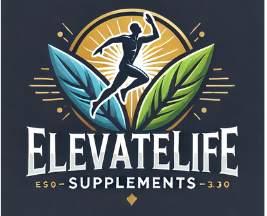Reverse dieting is a strategic approach to weight loss that involves gradually increasing caloric intake after a period of restriction. This method is particularly beneficial for menopausal women who may be struggling to shed stubborn pounds. To understand the concept of reverse dieting, we spoke with experts in the field who shed light on how this eating regimen can work wonders for those looking to recalibrate their metabolism and achieve lasting fat loss.
What Is Reverse Dieting?
Reverse dieting is all about slowly increasing the amount of calories consumed after a period of restriction or dieting. This approach helps the metabolism recover from the effects of prolonged under-fueling. According to Matt Dustin, a nutrition coach at Garage Gym Reviews, reverse dieting is crucial for correcting metabolic downregulation, which is common in midlife women who have been on restrictive diets for extended periods.
Dr. Pooja Gidwani emphasizes that reverse dieting is not about eating more to lose weight; instead, it focuses on restoring energy availability, supporting muscle maintenance, hormonal recovery, and facilitating fat loss that lasts. As women go through menopause, their metabolism naturally slows down, and they experience hormonal shifts that can impact weight management. Eating too little for an extended period can put the body in conservation mode, making it harder to burn fat. Reverse dieting helps by gradually increasing caloric intake to a level where the body feels safe enough to resume fat-burning processes.
What a Sample Day of Reverse Dieting May Look Like
For women in perimenopause or menopause, a typical reverse dieting meal plan could include:
– Breakfast: Eggs with vegetables and avocado toast
– Lunch: Grilled chicken with roasted vegetables and quinoa
– Dinner: Salmon, greens, and sweet potato
– Snacks: A protein shake or Greek yogurt with fresh berries
The goal of a reverse dieting meal plan is to provide balanced meals rich in protein, fiber, and healthy fats while slowly increasing total caloric intake by about 50-100 calories per day each week. Matt advises monitoring how the body responds to these changes and adjusting the calorie intake accordingly. Signs that it may be time to start adding calories back in include stalled weight-loss progress, sleep issues, fatigue, irritability, or feeling cold.
In essence, reverse dieting is a method of metabolic recalibration that supports high-performance aging and sustainable weight loss. By gradually increasing caloric intake and focusing on nutrient-dense foods, menopausal women can optimize their metabolism, hormone health, and overall well-being. If you’ve been struggling to lose weight, consider incorporating reverse dieting into your routine for long-lasting results.


